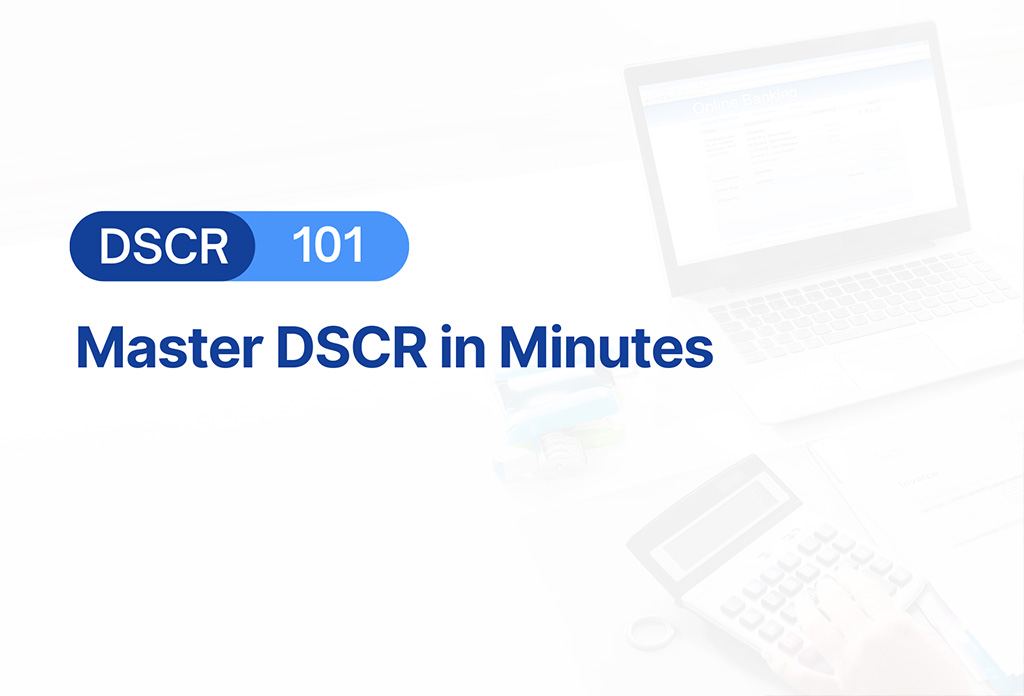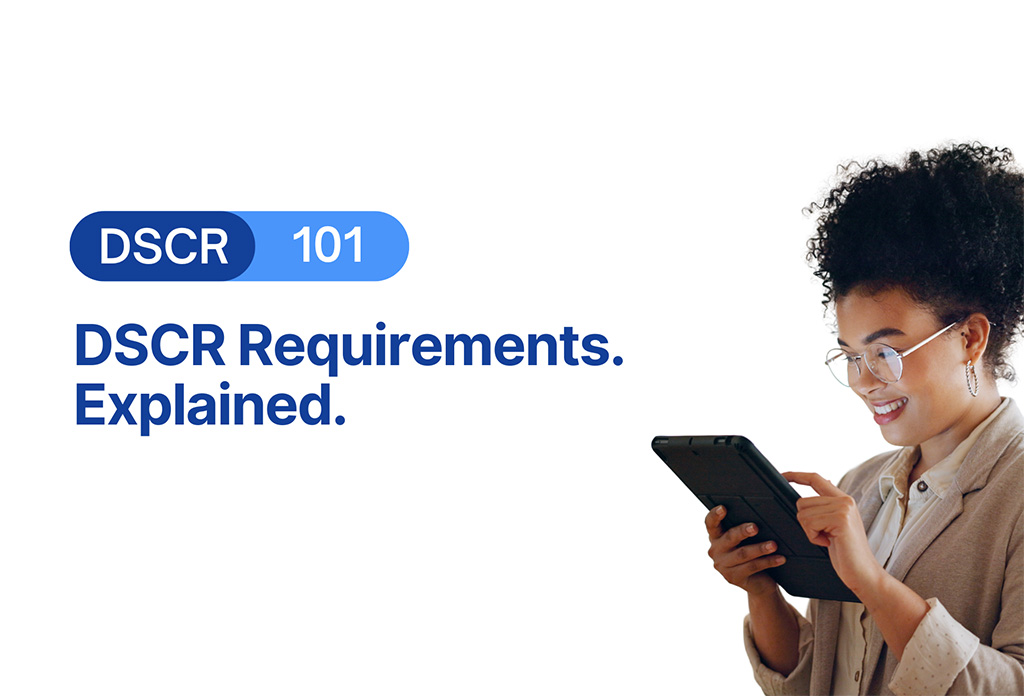Anyone can quote a DSCR loan. The mortgage brokers who know how to leverage it are the ones investors call back, turning loan programs into long-term partnerships.
Investors don’t want a lecture on underwriting or guidelines. They want someone who understands how to make properties perform, how to close fast, and how to help them scale. When you position yourself as that person, you stop chasing deals and start earning loyalty.
And it matters now more than ever. One Forbes article reports that consumer trust in businesses has continued to drop across industries. Another explains that the companies prioritizing trust and transparency will be the ones that thrive moving forward.
Taken together, they paint a clear picture. Trust is shifting from being a marketing claim to being a measurable advantage. For brokers, that means every time you bring clarity and useful insight to the table, you’re building an edge that competitors can’t replicate.
Here’s how to do that.
1. Lead With Market Insight, Not Loan Features
Most mortgage brokers start by explaining programs and rates. The smarter move is to start with the market. Talk about where investor demand is shifting, what rental trends mean for returns, and how financing fits into that bigger picture.
When you connect DSCR loan options to what investors already care about (profit, leverage, timing), you stop sounding like a salesperson and start sounding like a strategist.
2. Position DSCR as a Portfolio Tool
Too many mortgage brokers sell DSCR as a “loan type.” Top producers sell it as a strategy.
Show investors how DSCR loans allow them to keep acquiring even when tax returns don’t line up, or when traditional financing caps them out. Discuss how one property’s rental income can help leverage another. When they see you understand scaling, they’ll want you in their corner long term.
3. Teach the “Math Behind the Move”
Transparency builds credibility. Walk your investors through the DSCR calculations - show what rent coverage looks like and how expenses impact it.
It’s about giving them confidence that you know the key principles of DSCR loans, not overwhelming them with numbers. When you educate, you differentiate.
4. Use Speed as a Strategy, not a Shortcut
Investors move quickly, but they also value accuracy. Build systems that let you respond fast and confidently - template scenarios, ready-to-go calculators, and prepped data sheets.
Fast answers build trust when they’re right the first time. You’re not trying to be the quickest quote, but you’re trying to be the broker who delivers certainty without hesitation.
5. Turn Every Call into a Future Deal
Every investor conversation should end with momentum. If a deal doesn’t fit now, talk about what adjustments would make it work next time - higher rent, stronger reserves, different property types.
That simple “next step” approach keeps your relationship alive even when a deal doesn’t close. It’s what separates mortgage brokers who get one transaction from those who get five.
6. Build Credibility Through Consistency
Your best advantage is reliability. Investors notice who communicates clearly and who does what they say they’ll do.
Keep your communication tight, your follow-ups fast, and your tone professional but real. That’s how credibility compounds.
7. Show Proof, Not Promises
Investors believe in the results. It is significant to share real scenarios and real wins, especially when you’ve helped another investor structure a deal that traditional lenders wouldn’t touch.
Make your success stories tangible: “Here’s how we turned a deal with low reported income into an approval by focusing on rental coverage.” Facts build trust faster than claims.
Turning Knowledge into Leverage
The mortgage brokers who master DSCR loans don’t just write better files, they build influence. You stop talking about what’s possible and start leading investors toward it.
If you want to qualify investor deals quickly and keep momentum on your side, check out our 15-Minute Pre-Qual System. It gives you real answers in minutes, helping you move from “I’ll get back to you” to “Let’s close this.”


.png)
.png)








.png)
.png)



.png)













.png)
.png)

